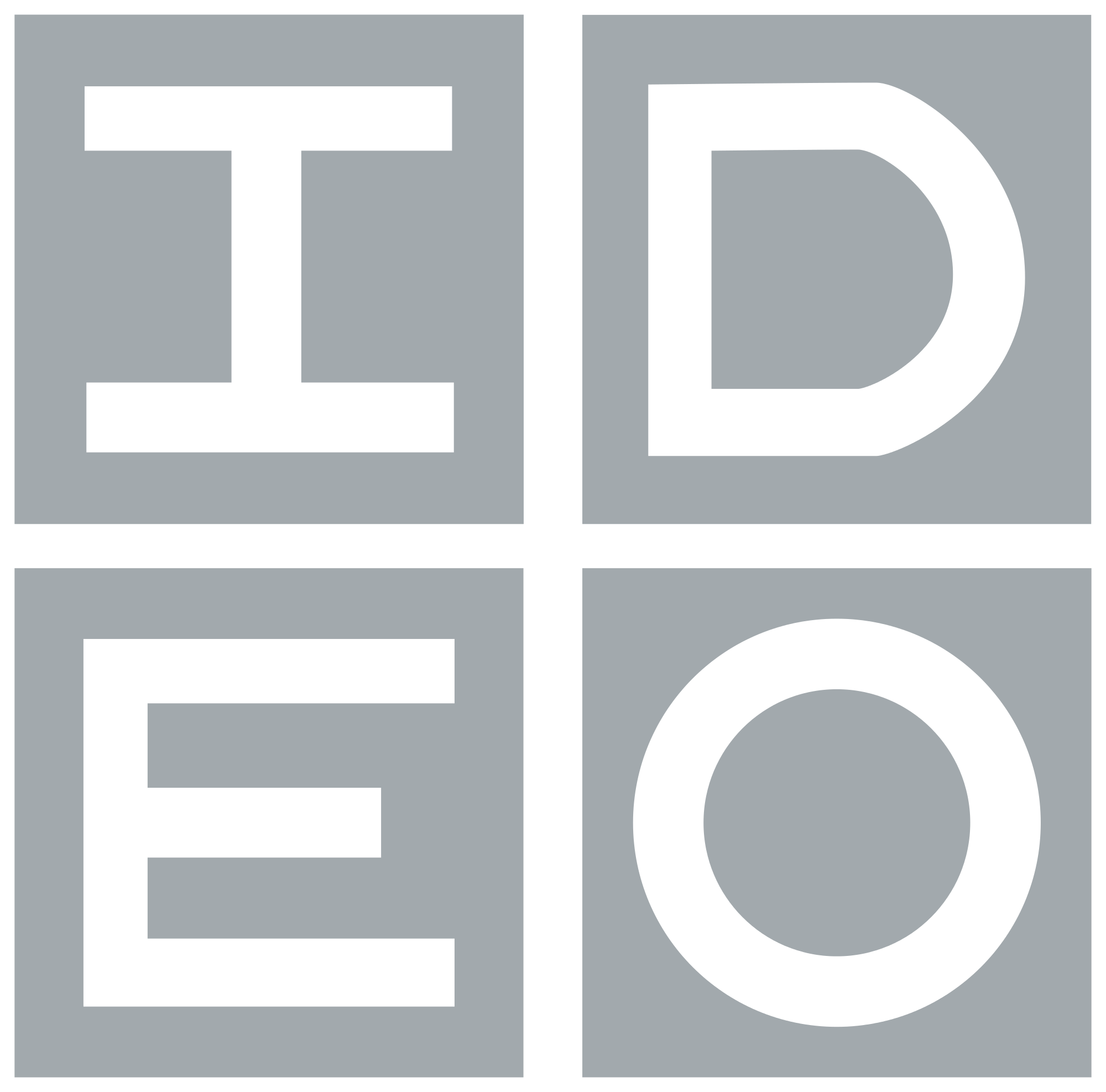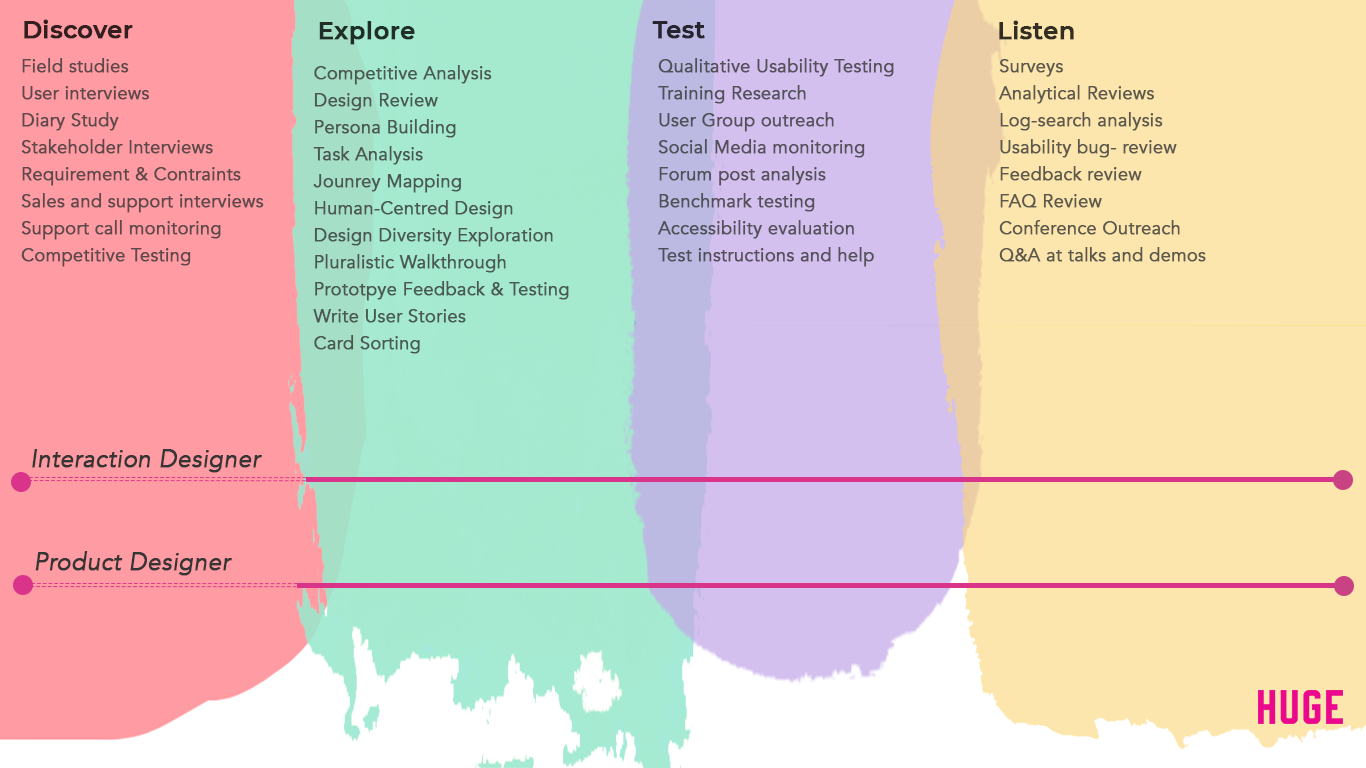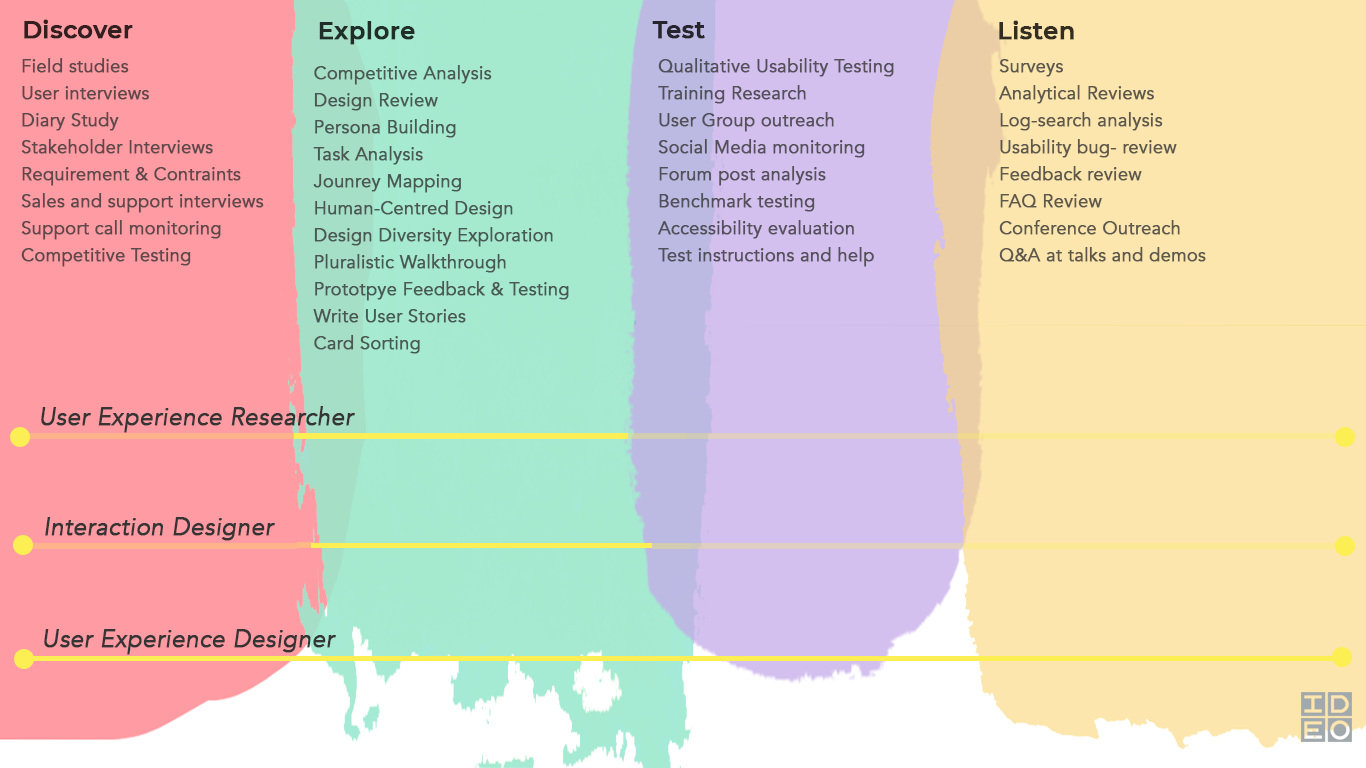Academic Diversity of UX Backgrounds
 To start out, let's look at the backgrounds of current UX professionals. In the following visualization you will be able to see that people come to the field of UX from a variety of disciplines. UX is a highly inter-disciplinary field that pulls from social sciences, humanities, engineering, and more. So if you think you don’t fit in, think again.
To start out, let's look at the backgrounds of current UX professionals. In the following visualization you will be able to see that people come to the field of UX from a variety of disciplines. UX is a highly inter-disciplinary field that pulls from social sciences, humanities, engineering, and more. So if you think you don’t fit in, think again.
of people in UX came from
Educational Backgrounds of UX Professionals
Source: Nielsen Norman Group User Experience Careers Report 2013
Another interesting facet is the educational level of UX professionals. Of those surveyed for their backgrounds, the majority held Masters degrees as their highest academic degree achieved.
Education Degree Levels

Source: Nielsen Norman Group User Experience Careers Report 2013
UX in the Tech Industry
Now that we have seen where people are coming from, let’s look into what UX roles are like at top tech companies and design agencies with sophisticated UX teams. We chose 6 companies and examined their UX positions’ job descriptions and salaries.





Fit in Design Process
We took the job descriptions data and mapped out where different positions for the various companies fall in the design process defined by Nielsen Norman Group. The first stage is Discover, where you try to understand what people’s needs are and figure out what you don’t know yet. In the Explore stage, you analyze the information you have gathered under Discover. You then use the insights to produce prototypes and test them in the Test stage. Finally, you gather feedback on your product during the Listen stage. The design process is iterative, and depending on your project needs, these stages might get repeated multiple times until you arrive at the final design. Each stage has a variety of activities which are carried out by different roles, and the position titles of people conducting the activities vary from company to company.

Amazon

Microsoft

HUGE

IDEO

Source: Nielsen Norman Group, & UX Positions and Skills, accessed on April 25, 2018
Skills of the UX Trade
Let’s now dig deeper into each position title and what skills are expected. We pulled from the job descriptions for different UX position titles. The width of each chord corresponds to the percentage of job descriptions that mention the particular skill. Some interesting things to look at are how the same skill is required by different positions titles. For instance, wireframing is used across 4 of position titles that are visualized here.
Source: UX Positions and Skills, accessed on April 25, 2018
Show Me the Money
Salaries vary not only between different UX position titles, but they also vary between different companies. These average base salaries across UX position titles and companies were taken from Glassdoor.com.
Source: glassdoor.com, accessed on April 25, 2018